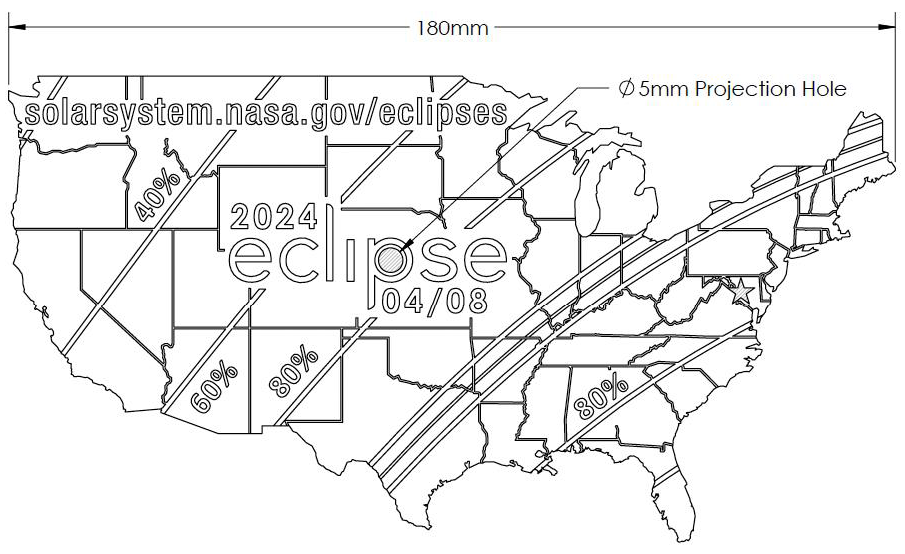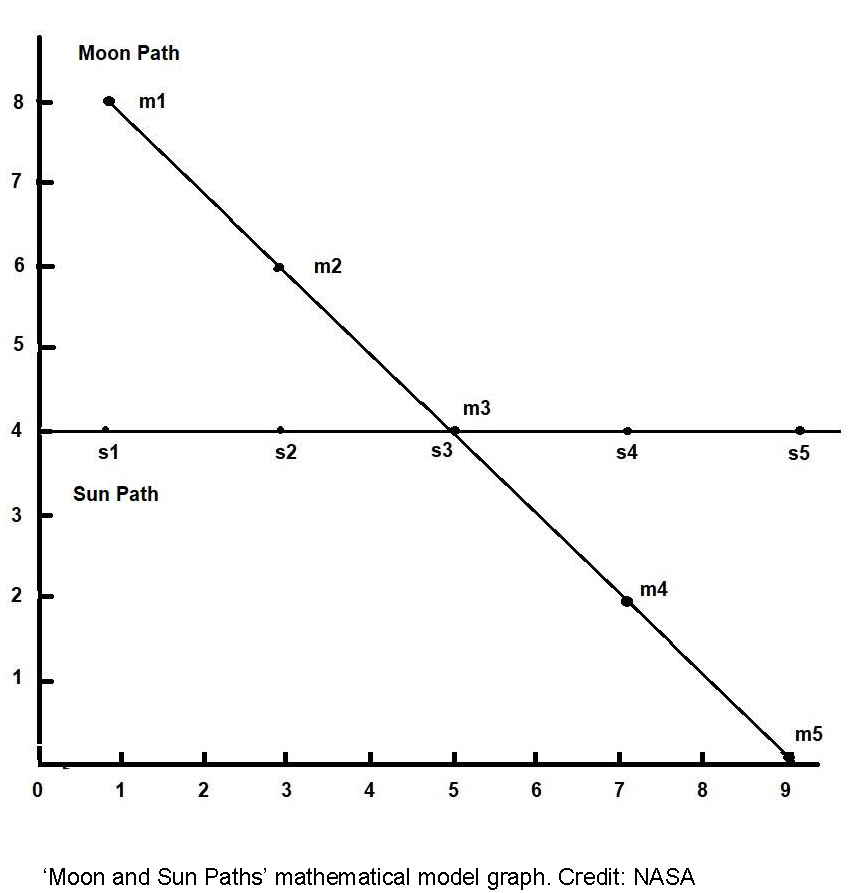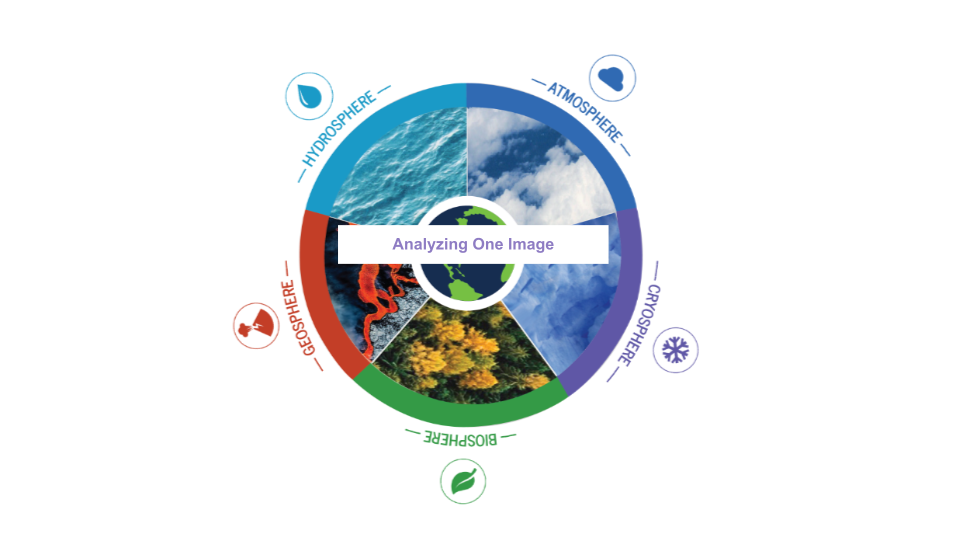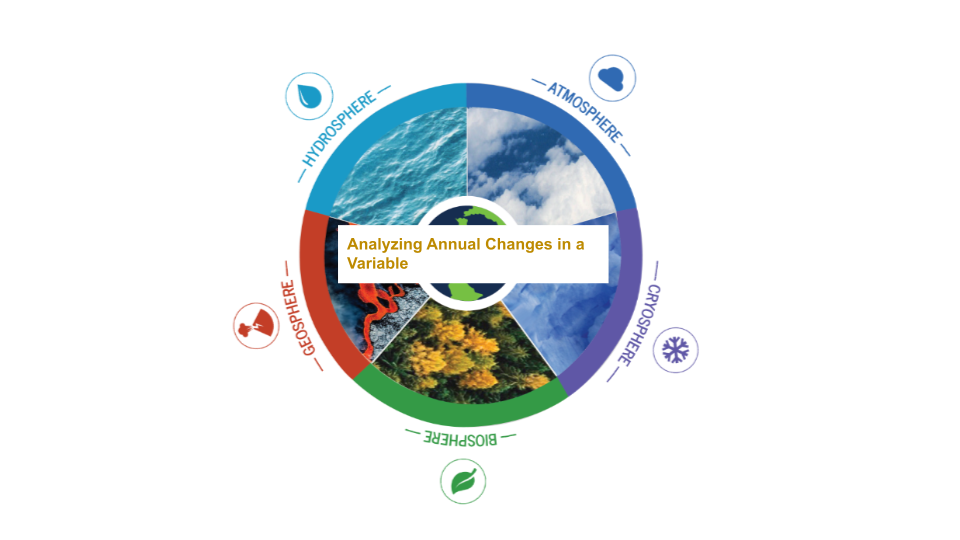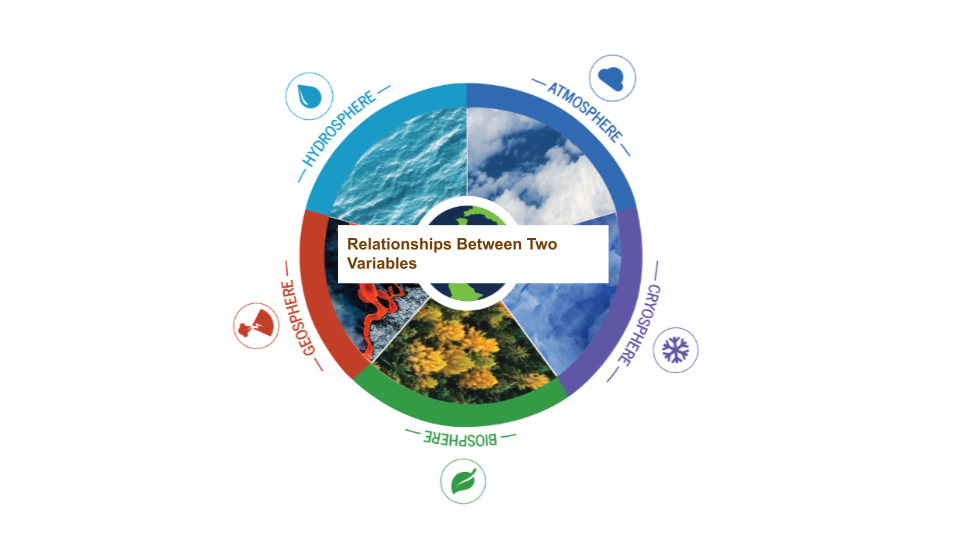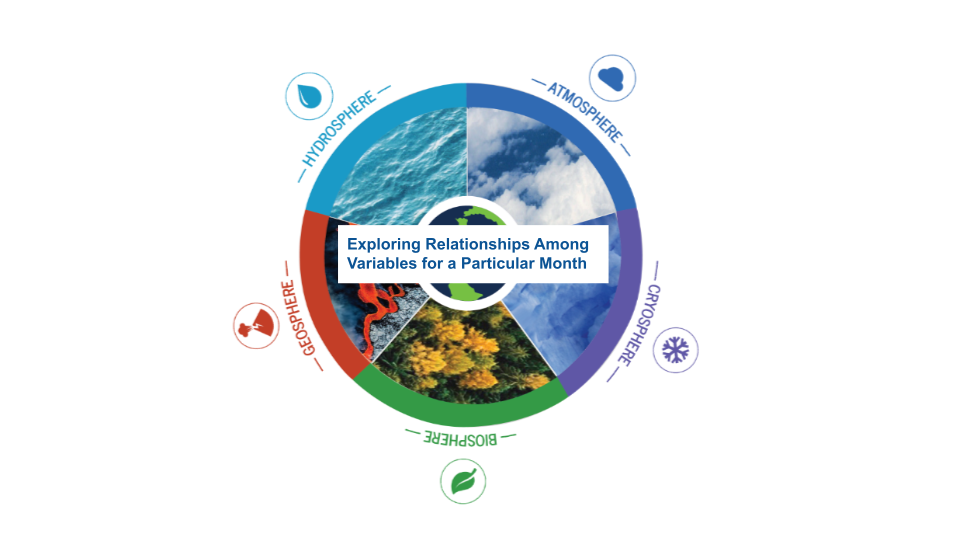In this activity students will learn several ways to safely observe a solar eclipse.
List of all Earth as a System Lesson Plans




In this activity, students will compare the methods scientists use to study the Sun, including drawings made during a total solar eclipse in the 1860’s, modern coronagraphs, and advanced imagery gathered by NASA’s Solar Dynamics Observatory.
In this lesson students will calculate the size to distance ratio of the Sun and the Moon from Earth to determine how a solar eclipse can occur.
In this activity, students will model the geometry of solar eclipses by plotting a few points on a piece of graph paper, and using quarters and a nickel to represent the Sun and Moon (not to scale).
This hands-on activity is the construction of an extended coverage area of eclipse glasses to provide extra protection for safely viewing a solar eclipse. This makes it harder to look outside the lenses on the eclipse glasses.
The Earth System Satellite Images, help the learner visualize how different Earth system variables change over time, establish cause and effect relationships for a specific variable, identify patterns, and determine relationships among variables over one year.
The Earth System Satellite Images, along with the Data Literacy Cubes, helps the learner identify patterns in a specific image.
The Earth System Satellite Images, along with the Data Literacy Cubes, help the learner visualize how different Earth system variables change over time, establish cause and effect relationships, identify patterns, and determine relationships among variables.
The Earth System Satellite Images, along with the Data Literacy Cubes, help the learner visualize how different Earth system variables change over time, identify patterns, and determine relationships among two variables in three months.
The Earth System Satellite Images, along with the Data Literacy Cubes, help the learner determine relationships among variables.






